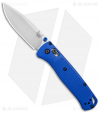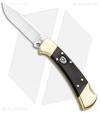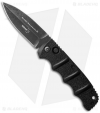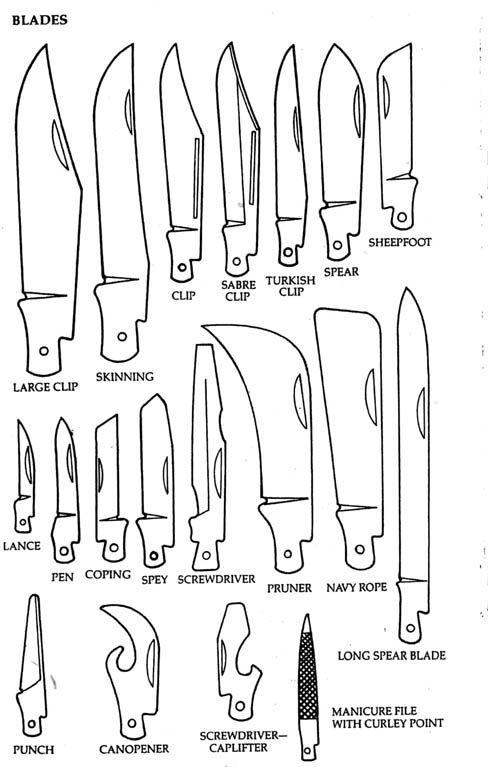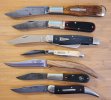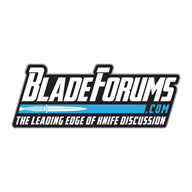They look good to me. Which ones are you thinking of going with?
I love the look for the cotton taster (3rd one in) , though I have no idea why I would ever make one. The spey (15th one in) was just a lucky accident, but I will no doubt make a trapper or two, there is at least one or two blades in there that will make good skinners (like 2nd one in) to go with the spey for a trapper. The one clip with the deep belly is definitely a keeper (8th one in), maybe even for a single blade knife. There is one also that is a bit oddly shaped (5th one in) that would make a good coping blade for a whittler. There is one, I think the 7th one in, that with just a slight tweak would make a great toothpick (Texas or Arkansas take your pick. ). And for a fairly straight clip, the 11th one in will certainly see some time. I could almost get a stockman out of them but I do like a sheep's foot (will make a different blade that can have an outside curve where the inside curve is now to make the clip, and that should be able to do sheep/lamb feet, pen, spear, and all the "drop" points. I also think that I can take a lot more time to play these out. I only mildly scratched the surface with the changed. Of the 5 parameters, only any one or two were changed at a time. The ones (8th through 14th) are all the same except the belly angle changes from 12° to 0° by 2's. And between the cotton taster and the 12° clip, the only difference is the percentage of straight spine from like 80% to 55%. The first one is just a few percentage points away from my opinel, and I could play with it a little bit to get what's on my sodbuster.
I do need to do some more stuff "on purpose" with this. I think I could look at some specific cuts of blade and reproduce them with it.
After I get done with my other blade, I have to see if I can somehow do the frames. They are tougher, but so "related". I figure from a cigar, to a sleeve board, to equal end, english, coke bottle, coffin, swell, balloon, candle end, and all those jacks should be simple changes. Then serpentine, dogleg, swayback, peanut, and sowbelly... I have been playing with some arcs, and elipse parts that can be twisted a bit to come out with these shapes, some symetric and some asymetric. Then the "clasps" things like sodbuster, and even lanny's though that seems more like a saddlehorn. I figure if I can parameterize these, I can play around in between and come up with some novelty as well. Who knows, I might actually invent something new

But like Walter Sorrels says, just because you can make something that looks cool in CAD doesn't mean you can make it, or that it will work if you do...

Anyway, fun times, fun tools.

